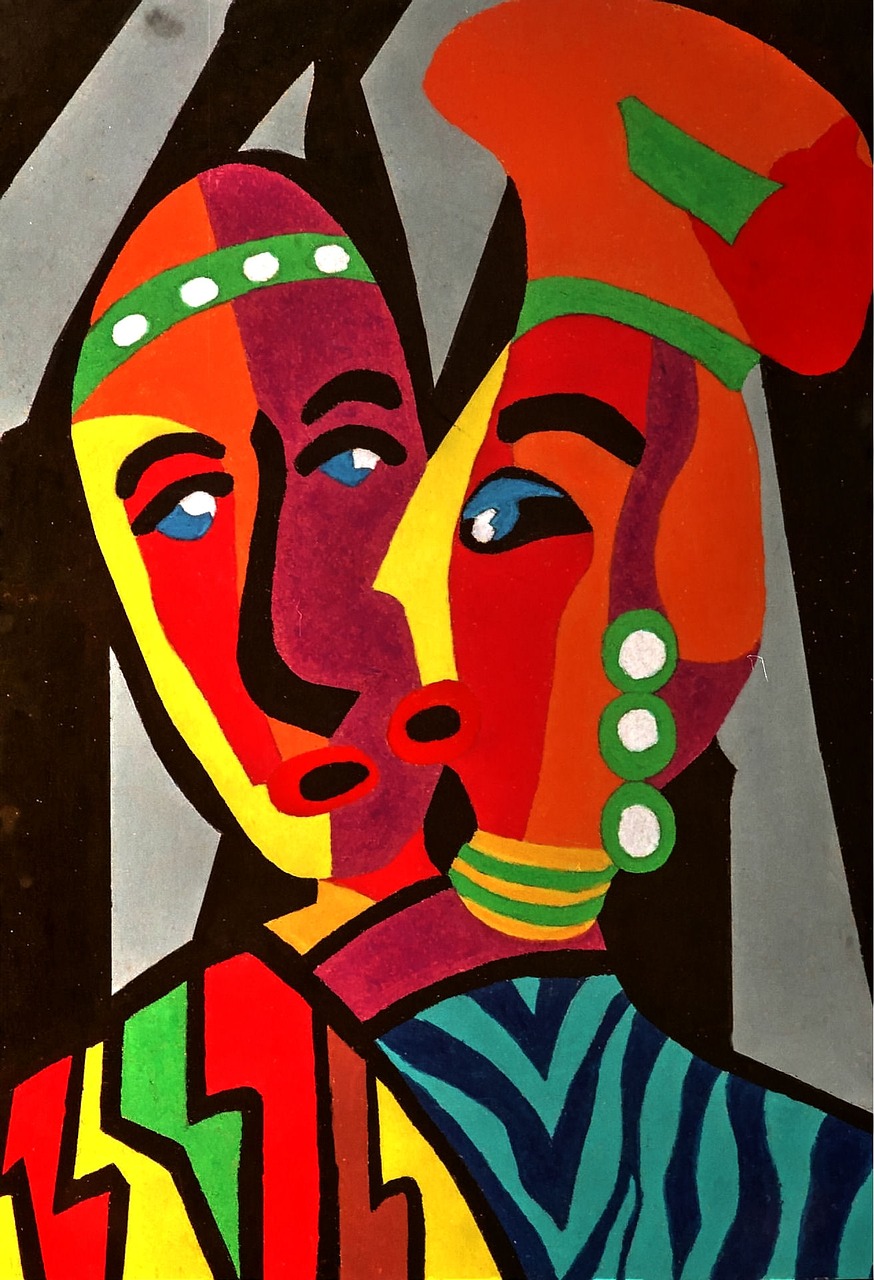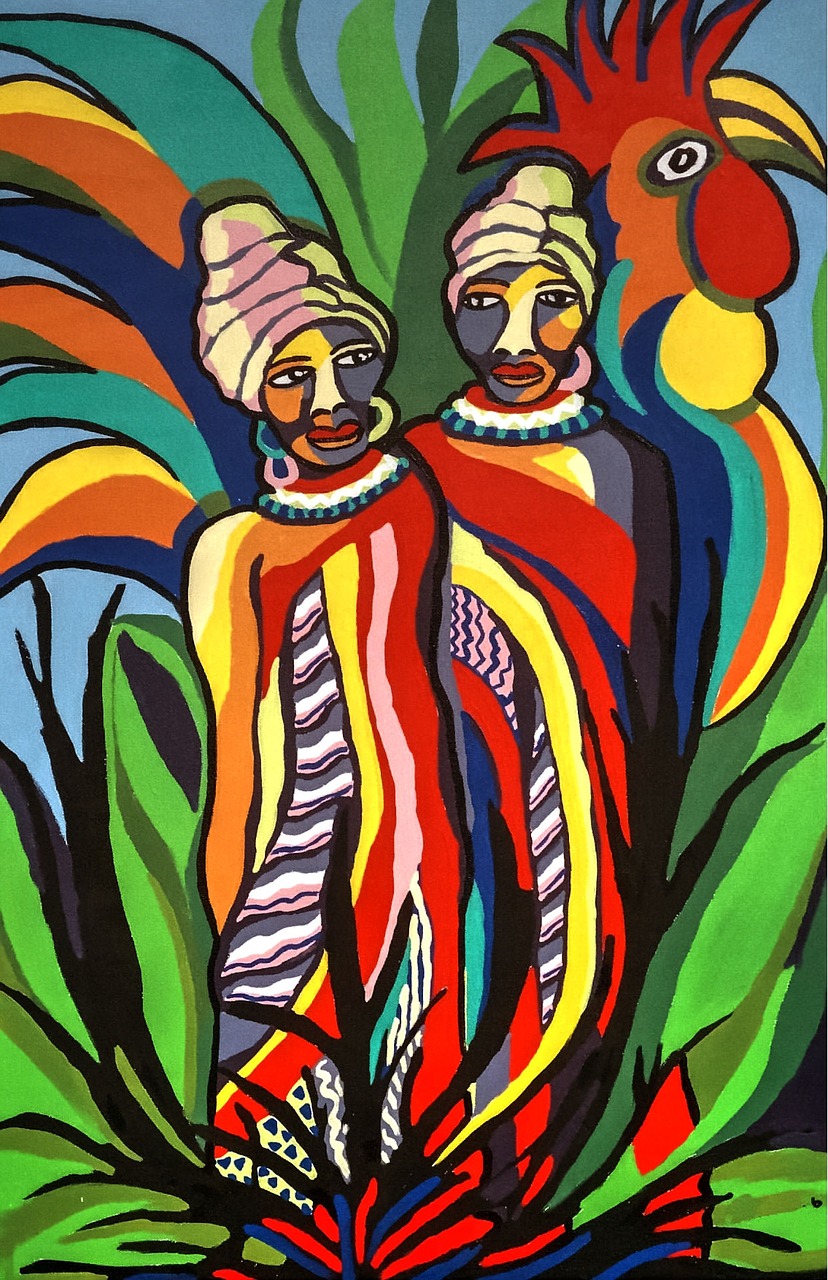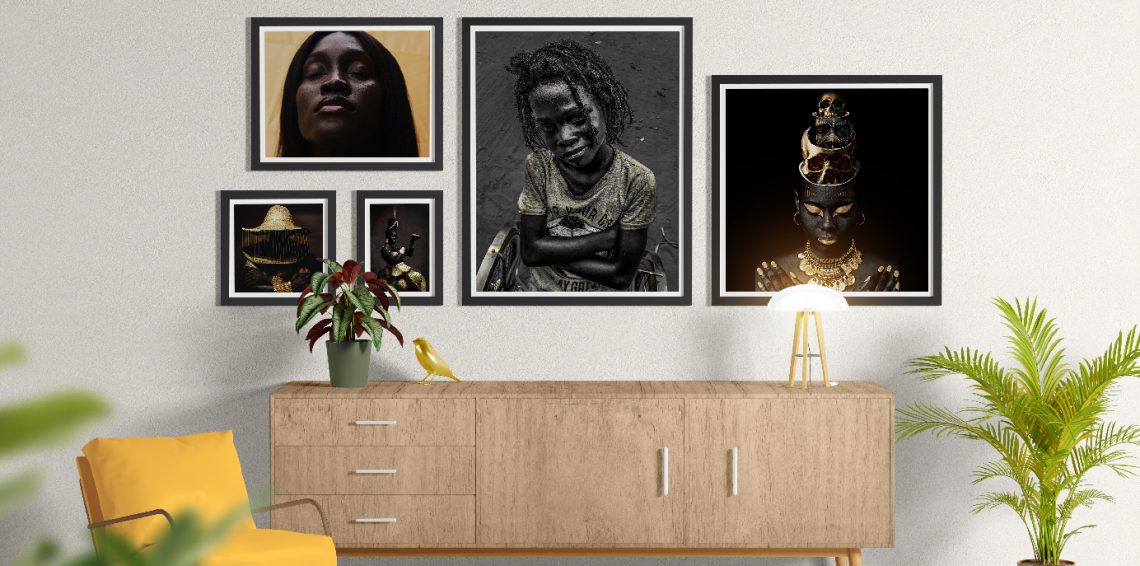To foster a more inclusive African art market, Strauss & Co is introducing a new sale format on February 28th, bringing together primary and secondary works by artists from across Africa, selected by six leading curators. The sale, called “Curatorial Voices: Modern and Contemporary Art from Africa,” will fund a new internship focusing on both the primary and secondary art markets and aims to build bridges between different art centres on the African continent.
Strauss & Co, a South African auction house, had a near-record year with sales totalling R354 million ($20.6 million) in 2022, driven by a surge in global demand for African art and increased digital access. Despite unfavourable economic conditions in South Africa, the auction house’s strong performance can be attributed to the maturity of the country’s art ecosystem and the emergence of artists of extraordinary ability to address contemporary issues. South Africa’s gallery system has also developed and three major museums have been added to the landscape, contributing to increased international interest. Nine of Strauss & Co’s top 20 lots last year were sold to overseas clients, with international buyers increasing 60% over the past five years. The firm’s commission structure, which is 40% lower than its major international competitors, is also attractive to global buyers.
Despite far higher degrees of uncertainty, global markets for African art help the South African auction house have an almost record-breaking year.
With the intention of developing a more diverse African art market, Strauss & Co. is introducing a new selling model.
According to Frank Kilbourn, the auction house’s chairman, it was actually a very strong result in the context of the macroeconomic realities in southern Africa and the world.
With an average sell-through rate of 71% over the course of the previous year, Strauss & Co. sold 6,381 items, 53 of which sold for more than R1m ($58,000), a solid figure but still well behind the 90% obtained by the auction house’s new wine department. Each month, online sales generated R63.7m ($3.7m).
Kilbourn points out how the recent few years have seen unfavourable economic conditions in South Africa. Low economic growth, high inflation, rising interest rates, and overall much higher levels of uncertainty have all been present. And I don’t believe 2022 was the best year ever for the wealth generation.
Why, therefore, has the art market, relatively speaking, prospered? South African art is currently at its highest point ever. And that is a result of the art ecology being significantly more developed than it was five or six years ago, according to Kilbourn.
He highlights that the nation is creating artists of great ability [who have] managed to attract attention internationally and [are] addressing contemporary concerns in a way that is both thought-provoking, and he hopes, enduring.
The Norval Foundation and Zeitz Museum of Contemporary Art Africa in Cape Town and the Javett Art Centre in Pretoria have all recently been added to the landscape, and South Africa’s gallery system has expanded significantly over the past two years.
As a result of these investments, interest worldwide has increased. Nine of Strauss & Co.’s top 20 lots last year were purchased by foreign buyers, and during the previous five years, the number of foreign buyers has increased by 60%. The company’s commission structure appeals to international customers in particular because it is about 40% less expensive than its major international competitors.
Irma Stern’s 1941 painting Portrait of a Clairvoyant, which sold for R7.5 million ($435,000), was the top lot in 2022. Over the past ten years, Stern has earned more than half a billion Rand on her own, virtually entirely supporting herself on the South African market. According to Strauss & Co., Stern has a particularly large following abroad, with his works doing particularly well in Singapore and the Middle East. Stern, Robert Hodgins, William Kentridge, and J.H. Pierneef were among the artists whose works were sold as single artists last year.
So many of our wonderful 20th-century Modernist painters who truly suffered from the cultural embargoes […] are being regularly appraised, says Alastair Meredith, head of Strauss & Co.’s Johannesburg art department. And that’s significantly affecting both their market worth and the level of interest in these artists on a global scale.
He names a few additional artists whose secondary markets thrive, including Amoako Boafo, Cinga Samson, Igshaan Adams, Yinka Shonibare, and Michael Armitage.
Exploring new markets with new formats?
Although Nigeria has recently closed the gap, South Africa has long controlled the lion’s share of the African art market. West Africa challenged South Africa’s long-standing hegemony by increasing its market share on the continent from 28% to 41% last year.
On February 28, Strauss & Co. will launch a new auction structure that combines primary and secondary works by African artists in an effort to spread its success. Six renowned curators, including Dana Endundo Ferreira, the founder and CEO of Pavilion54 from the Democratic Republic of the Congo, Heba Elkayal, an independent curator and art historian based in the UK and Egypt, Danda Jaroljmek and Anne Kariuki of the Kenyan Circle Art Gallery, Valerie Kabov, the director of First Floor Gallery in Harare, and South Africa’s South Africa, have chosen the lots in the new sale, “Curatorial Voices:
The sale’s proceeds, including pieces by Cyrus Kabiru, Zanele Muholi, Thierry Oussou, and Athi-Patra Ruga, among others, will support the first internship of its type in Africa, a new programme concentrating on both the primary and secondary art markets.
The new sale model, which seeks to create links between the various art hubs on the African continent, is welcomed by Dana Endundo Ferreira. She says we must create a domestic ecosystem for the market to function correctly over time. Since the continent’s wealth has been rising gradually over the past few decades, the art market might greatly benefit from it. However, the African art scene still far too frequently depends on the West, and the careers of African artists are typically launched through international sales and exhibitions.
She points out how many African markets are underdeveloped, with few public art spaces, museums, and galleries. She notes that local interest is increasing as more art fairs, biennales, and museums open up across the continent. You often see that private collectors, businesses, or even artists themselves have to step in to fill the hole, she adds. All of this, together with curatorial voices, improves the primary market landscape, and [the new auction format] represents another stepping stone in establishing that ecosystem, this time in the secondary market.
The ultimate goal is to create an African art market that is run by and for Africans. “I think it’s time to recover that narrative and create an African art market that adapts to and enhances the distinctiveness of African cultures,” adds Ferreira. “One that is long-term sustainable.”



